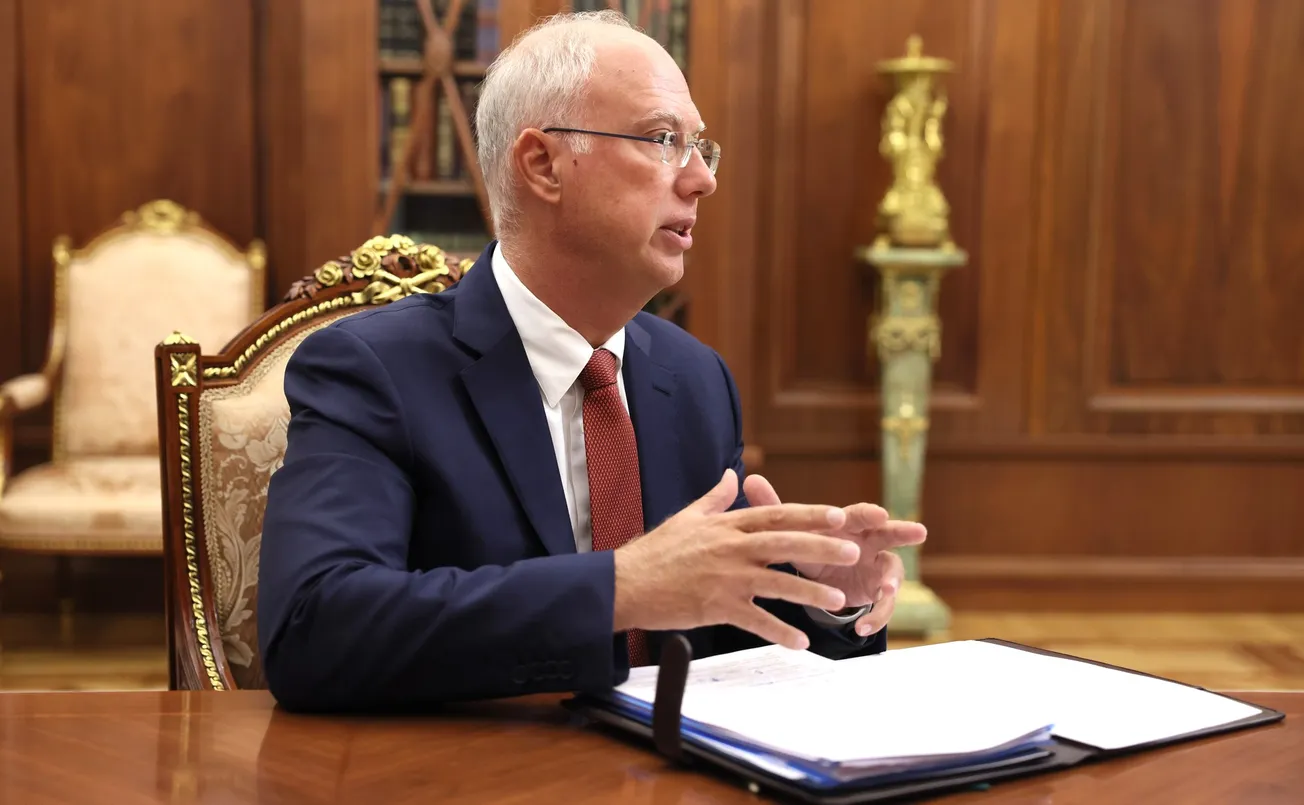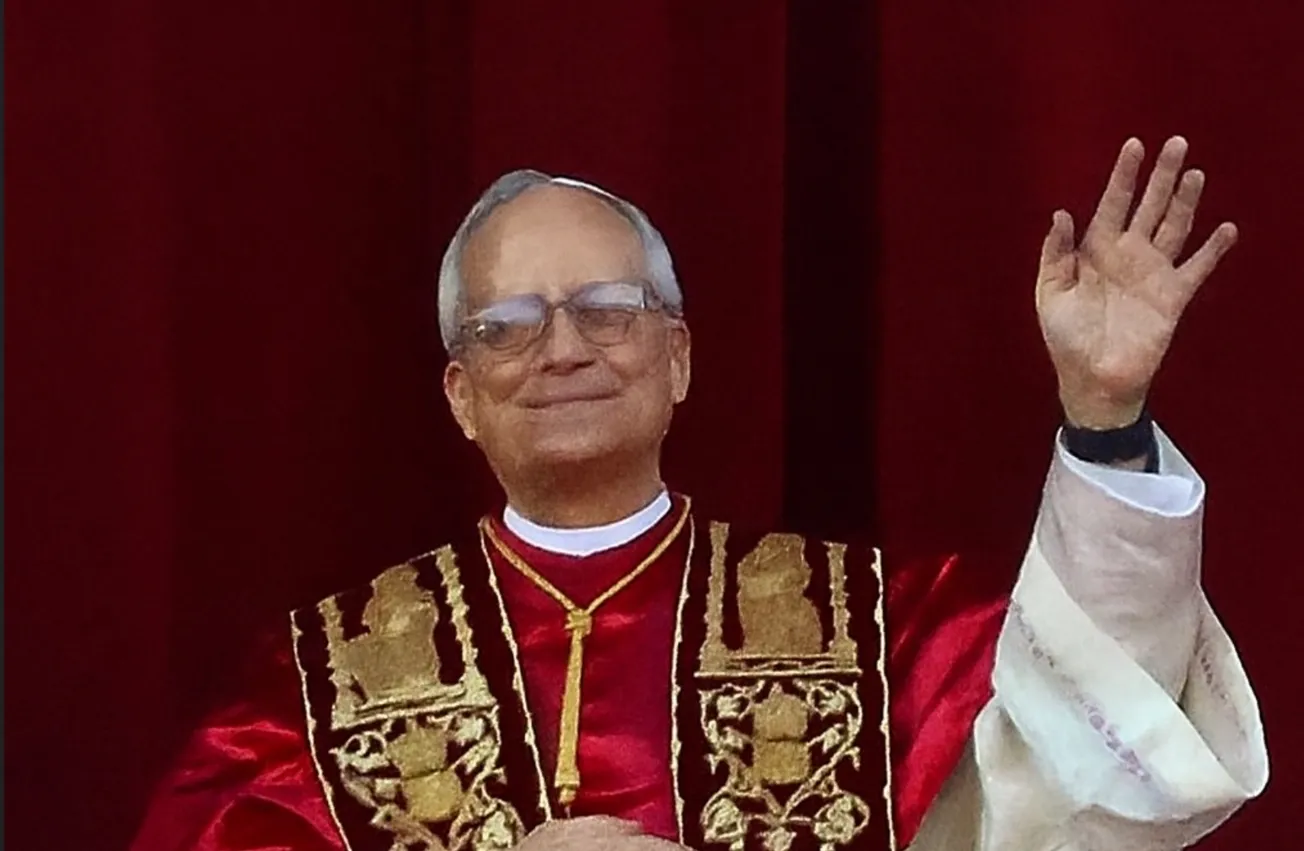At the request of Kazakh President Kassym-Jomart Tokayev, the first Russian contingent of CSTO troops arrived in Kazakhstan today to help quell the violence which has erupted suddenly in several major Kazakh cities, including Almaty, which is the commercial capital of the country. The events began with boisterous but peaceful demonstrators in the streets on January 2 in the western oil town of Zhanaozen, then quickly spread to other towns in the region. The immediate cause of the unrest was the sudden doubling of the price of liquified petroleum gas (LPG), which most Kazakhs use as a cheaper fuel for the automobiles. This sudden jump, in turn, was caused by a shift to electronic trading in LPG.
By January 4th, there were thousands of people in the streets in many cities, and it began to transmogrify into calls for regime change, particularly targeting the first leader of independent Kazakhstan, recently retired head of state Nursultan Nazarbayev, but they were kept under control by the mobilization of police forces and national guard. By the morning of the 5th, however, there were new individuals involved in the mix who were focused on looting and on setting cars on fire—not unlike the scenario used in the Maidan events in Ukraine in 2014, which helped usher in a pro-Nazi regime. Once the violence had begun, the main buildings, including the city hall in Almaty and the party headquarters of the Nur Otan Party of Nazarbayev, were set on fire. Demonstrators also occupied the Almaty airport, perhaps in order to prevent the arrival of additional military forces.
Speaking to TASS on January 6, Almaty police spokesman Saltanqat Azirbek said, “Last night, extremist forces tried to attack the administrative buildings and police departments in Almaty and its subordinate districts. Dozens of attackers have been killed and their identities are being determined.” The Almaty Commander’s Office stated that 120 vehicles, including 33 ambulances and fire trucks, were burnt on January 5, and 120 commercial facilities, 180 restaurants, and approximately 100 offices destroyed. Five hundred civilians were beaten, including 130 women and elderly people. According to statements from the Ministry of Health of Kazakhstan, more than 1,000 people were injured in large-scale riots throughout Kazakhstan, of whom nearly 400 were hospitalized, 62 in intensive care units. In addition, 352 law enforcement officers were injured, and 18 died. Most notably, two of them were found beheaded, a clear sign of a more sinister element at work.
A statement from the Almaty Commander’s Offices responsible for the anti-terrorism operation, noted, “The bandits in Almaty are highly organized, which proves that they have been formally trained abroad. Their attack on Kazakhstan is an act of aggression and an attempt to undermine the integrity of the country.” President Tokayev indicated that there were foreign fighters involved in the rioting.



